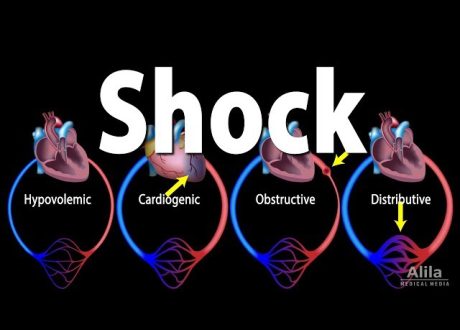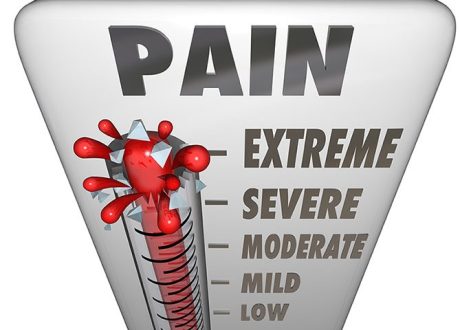Abstract
Objective
Empowering a senior nurse in a shared leadership role has been proposed as a more efficient set up for the cardiac arrest team in ED. In this model, a senior nurse leads the cardiac arrest algorithm which allows cognitive off‐loading of the lead emergency physician. The emergency physician is then more available to perform tasks such as echocardiography and exclude reversible causes. Simulation provides an opportunity for training and practice of this shared leadership model. We hypothesised that a structured simulation training programme that focused on implementing a nurse and doctor shared leadership model for cardiopulmonary resuscitation (CPR), would improve leadership and teamwork quality in the setting of cardiac arrest as measured by a Trauma Non‐technical Skills (T‐NOTECHS) teamwork scale.
Methods
Fifteen senior ED nurses participated in this pre‐interventional post‐observational study. Training consisted of a didactic course on team leadership and crisis resource management (CRM) followed by 4 × 10‐min resuscitation scenarios with a structured debrief focusing on team leadership skills and CRM. The primary outcome was measured on scenarios 1 and 4 using a modified T‐NOTECHS teamwork scale.
Results
A statistically significant increase in the T‐NOTECHS scale was detected for the measures of leadership (P = 0.0028), CRM (P = 0.0001), adherence to New Zealand Resuscitation Council ALS algorithm (P = 0.0088) and situational awareness (P = 0.0002).
Conclusion
The present study shows that a short simulation training programme improved nurse leadership and teamwork performance in the setting of a shared leadership model for CPR in the ED which could easily be replicated in other departments.
Key findings
- Simulation is an effective training tool for improving teamwork and senior nurse leadership skills in the novel setting of nurse and doctor shared leadership during CPR.
- To allow shared leadership models for cardiac arrest management to be introduced into emergency medicine practice, a sustainable training programme will need to be developed to allow nurses and doctors time to practice the shared leadership roles within this model and regularly update their leadership skills.
- This model could easily be replicated in other EDs with simulation scenarios used as the mechanism of training nurses in the shared leadership role.










